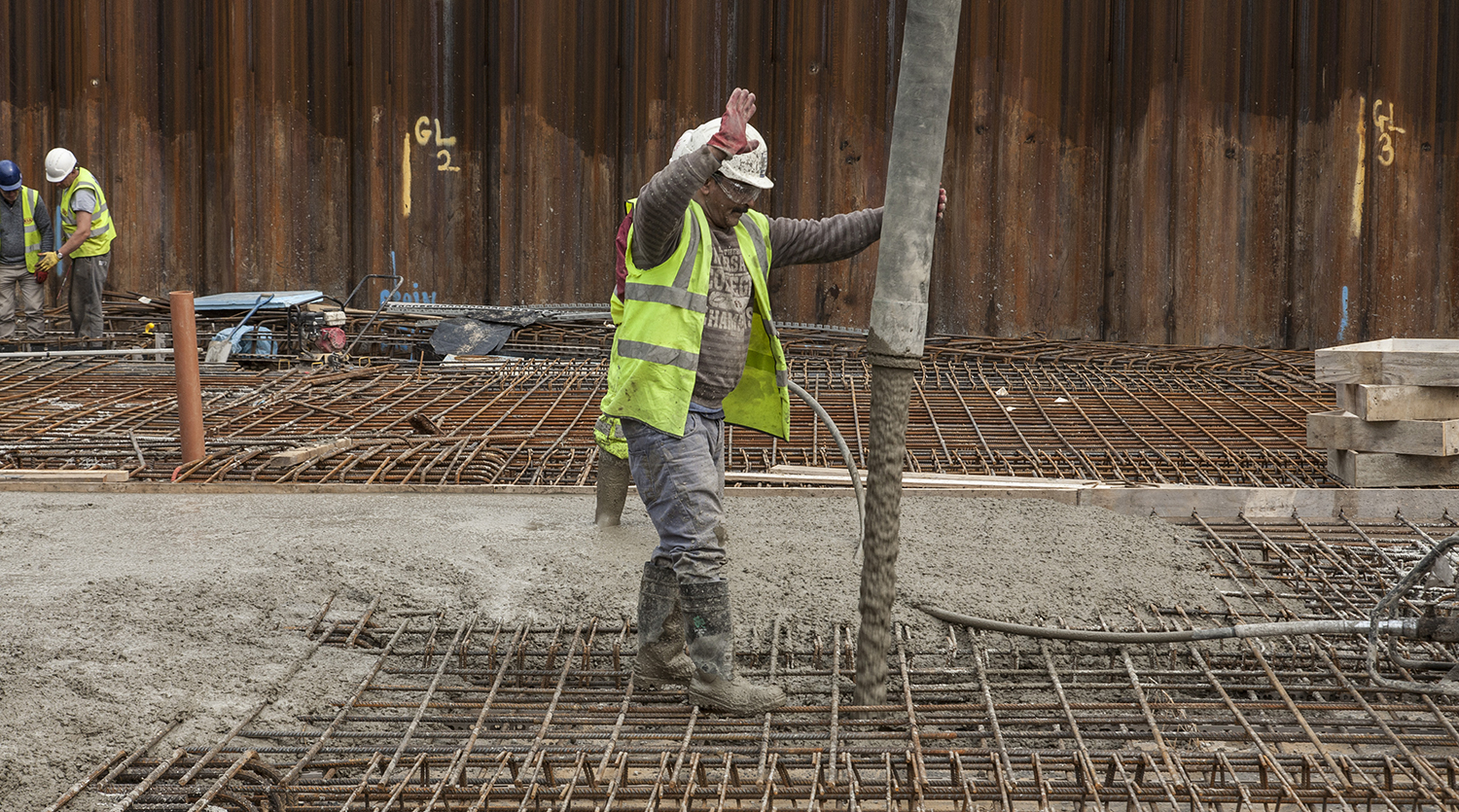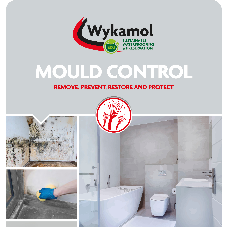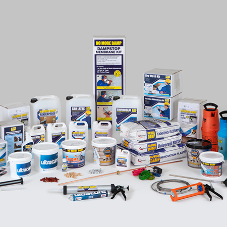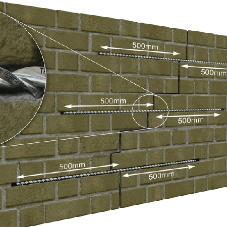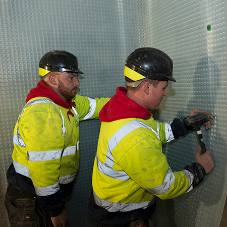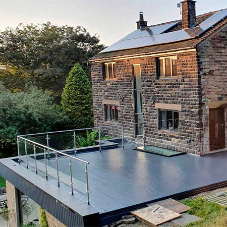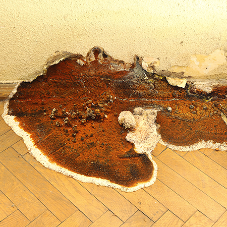A blog written by Triton Systems…
The construction of new hotels and/or leisure centres often consists of reinforced, in-situ poured concrete construction methods - especially for the below-ground elements.
Using concrete to form at least the building perimeter is proven to be one of the most cost effective and quickest forms of construction and, given that the basement or below ground levels form part of the supportive foundations of the above ground elements, it’s important to achieve a good and stable structure from both a structural and a waterproofing consideration.
As we rarely have very hot summers in the UK, the protection of freshly poured concrete in the summer is usually only focused on stopping premature water evaporation before the concrete has sufficiently gained enough strength.
However, when the temperature starts to drop towards 5oC then special considerations are needed to help achieve a crack free structure during cold conditions. There is a risk that the water in the fresh concrete could suffer from freezing, and therefore expansion, and to help avoid this happening a little forward planning is required.
The fundamental objective in cold conditions is to protect the water within the wet concrete mix from freezing. Ice crystals and freezing water will expand and will weaken the concrete before it gains strength and will potentially cause cracking.
Weakened and cracked concrete increases the risk of water penetration through cracks - in a waterproof concrete slab for example. If the surface area of the concrete freezes, it can also cause extensive ugly surface flaking, not always apparent until weeks later.
So, let's take the example of the concrete slab, how do you stop the water in fresh wet concrete from freezing? You can start by asking your concrete supplier if they can manufacture your concrete using hot water.
However, not all concrete plants have this facility. This can make a huge difference in protecting the concrete as hot water will enable the concrete to start to “hydrate” quickly and properly (through self-heat generation by chemical reaction) even in cold conditions.
Once the hot water in the mix has cooled and the exothermic reaction has taken over this will help stop ice crystals forming within the concrete core. Once the concrete has gained sufficient inherent strength it will become self-protecting. If the wet concrete mix itself can maintain an internal core temperature of at least 5oC at any point it will not run the risk of freezing. Colder ambient temperatures will always slow down early strength gain however, and this should be borne in mind.
Another protective measure is that following pouring of a slab area, for example, the area should be covered as soon as practically possible during and after finishing with insulating frost blankets.
These will help keep in the self-heat generated within the concrete from the hydration process (exothermic reaction). Again, once the concrete has reached sufficient inherent strength, the concrete will be self-protecting. Removing any ground ice present from both the area to be covered along with the steel reinforcement is also a priority.
In some countries, such as Canada, where there are extremely low winter temperatures, the careful management of the production of concrete using hot water, tightly managed delivery times (not carrying the concrete too far) and appropriate handling methods on site, all combine to facilitate concrete being poured in temperatures as low as -20oC.
The minimum temperature below which concrete producers in the UK generally start to become uncomfortable is 5oC. At these temperatures, without hot water used in the mix, you may find that the concrete strength cannot be guaranteed.
With all the above in mind, there are generally three possible scenarios. Firstly, if temperatures are above the minimum allowable and concrete can be produced, all is good. Secondly, if they are at or around the minimum temperature, concrete producers will either not produce the concrete or advise you that they will stamp the delivery ticket - after acceptance by the contractor - that the strength cannot be guaranteed. Thirdly, the concrete plant water system may be frozen meaning the concrete cannot be produced.
The Triton technical team comprises several concrete experts and we are ready to advise about any aspect of pouring and waterproofing concrete structures.
Triton supplies two types of waterproofing admix. BBA approved TT Admix, packed as a dry powder compound, and Triton Liquid Waterproofer, which is designed for use with volumetric concrete truck dosing systems. These are supplemented by a range of steel and swellable polymer/butyl rubber waterstops as well as other seals and ancillaries.
View Triton TT Admix Product Entry

